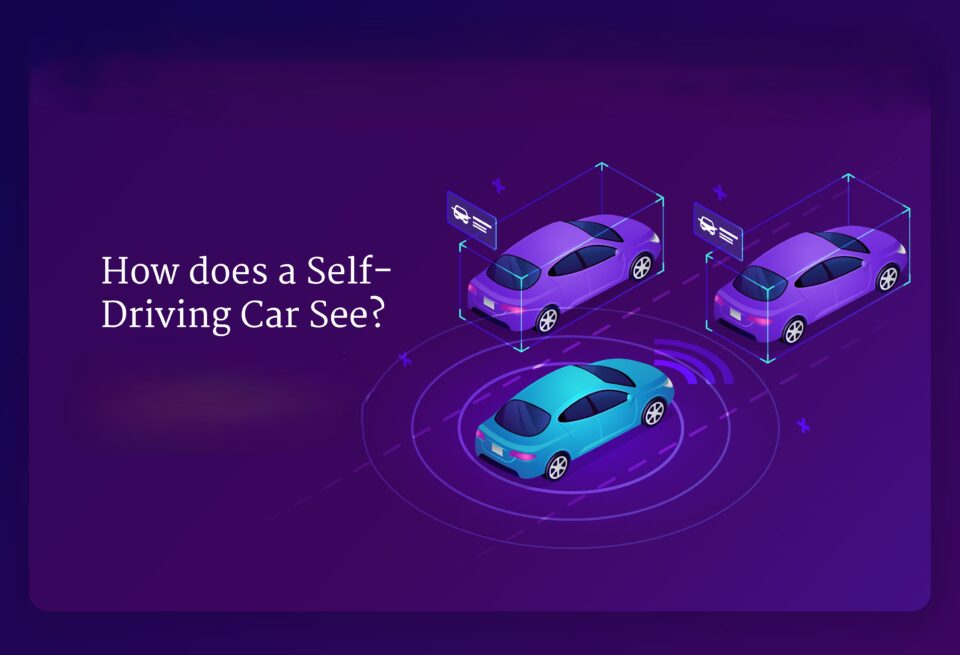Edge AI is reshaping the technological landscape by shifting data processing from centralized clouds to local devices, enabling faster decisions, reduced bandwidth use, and enhanced privacy. This approach, known as edge AI, processes information directly on IoT gadgets, vehicles, medical instruments, and factory machines rather than sending raw data to distant servers, cutting latency to milliseconds and slashing network loads. Its uptake spans smart homes, autonomous driving, real‑time diagnostics in healthcare, and predictive maintenance in manufacturing, with the global edge AI market soaring to over $53 billion in 2025 and projected to reach nearly $82 billion by 2030. Yet this revolution brings challenges—limited device resources, data security, and fragmented standards—which industry leaders are racing to address through hardware innovations, on‑device encryption, and unified development frameworks.
Understanding Edge AI
Edge AI embeds machine‑learning models within local hardware—such as sensors, cameras, and gateways—allowing data to be analyzed at the point of collection rather than in remote data centers. This local inference capability drastically reduces round‑trip communication time, delivering instantaneous insights critical for time‑sensitive tasks, from driver‑assistance systems to emergency medical alerts.
Key Applications
IoT and Smart Devices
Edge AI supercharges the Internet of Things by enabling real‑time analytics on devices like smart thermostats, security cameras, and wearables. By preprocessing data locally, these gadgets conserve network bandwidth and respond instantly to user commands or environmental changes—be it adjusting home temperatures or detecting unauthorised access—instead of awaiting cloud validation.
Autonomous Vehicles
Self‑driving and assisted‑driving cars demand split‑second decision‑making that cloud latency cannot support. Edge AI systems onboard vehicles process sensor feeds from cameras, lidar, and radar to perceive obstacles, predict trajectories, and execute maneuvers locally, ensuring safety even when connectivity falters.
Healthcare
In medical settings, edge AI enhances patient care by analyzing vital signs in real‑time on wearable devices or portable monitors, alerting clinicians to critical deviations without waiting for cloud round‑trips. Hospitals also leverage on‑premise edge servers to run AI‑driven imaging diagnostics, accelerating disease detection while keeping sensitive patient data within facility firewalls.
Manufacturing and Industry 4.0
Edge AI drives smart factories by monitoring production lines, spotting equipment anomalies, and optimizing workflows on the factory floor. Early adopters have slashed downtime through predictive maintenance—analyzing machine vibrations and temperature locally—and trimmed inventory and logistics costs by up to 35 percent via real‑time supply‑chain insights.
Data Centers and Cloud Interactions
Even data centers benefit from edge AI: by distributing AI tasks across localized nodes, they reduce core network congestion and scale analytics closer to data sources, improving overall efficiency and resilience.
Market Growth and Trends
The edge AI market expanded from $49.3 billion in 2024 to $53.5 billion in 2025, growing at roughly 8.8 percent annually, and is expected to eclipse $82 billion by 2030. Other forecasts put the 2025 market at $20.8 billion, rising at a 21.7 percent CAGR through 2030, underscoring surging enterprise and consumer demand.
Challenges and Security Considerations
Deploying AI at the edge exposes devices to unique security risks—malware, data tampering, and unauthorized access—compounded by limited processing power for encryption and intrusion detection. Moreover, the absence of unified standards complicates development across diverse hardware platforms, leading to fragmented ecosystems and potential interoperability issues.
Future Outlook
Edge AI’s trajectory points toward even deeper integration with 5G networks, enabling micro‑data centers at cell towers and ultralow‑latency services for AR/VR and remote robotics. Meanwhile, advancements in tiny‑ML—shrinking models to run on microcontrollers—will democratize AI on resource‑constrained devices, expanding edge intelligence into every corner of daily life. As privacy regulations tighten and compute‑at‑source becomes imperative, edge AI stands poised to redefine how we interact with technology, making real‑time, intelligent systems ubiquitous and secure

